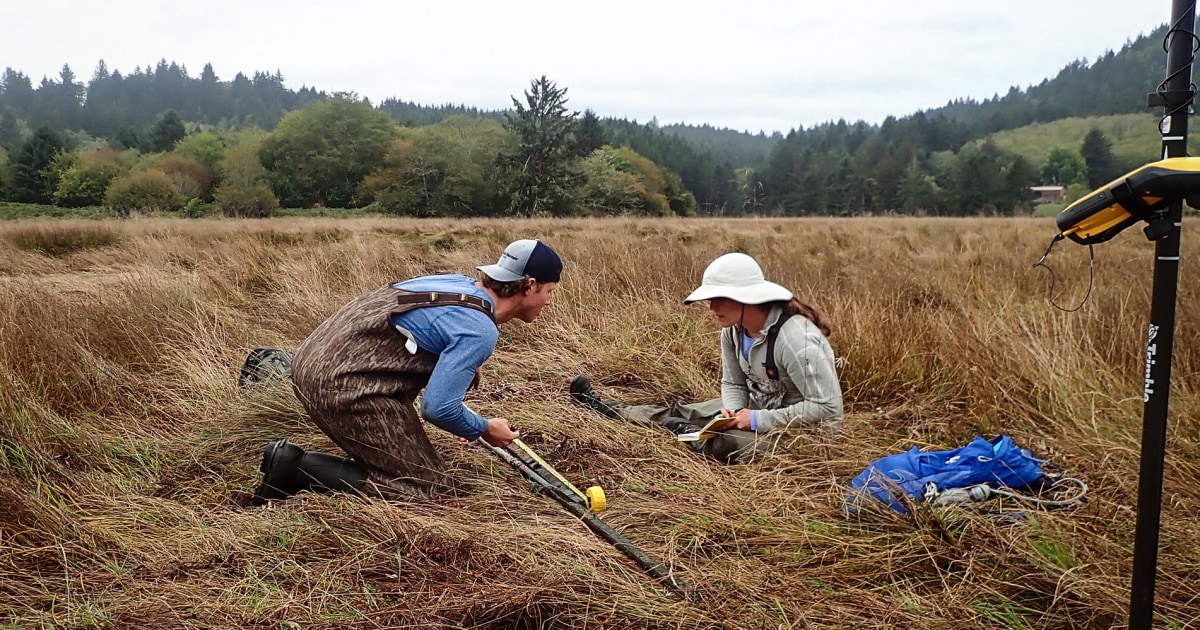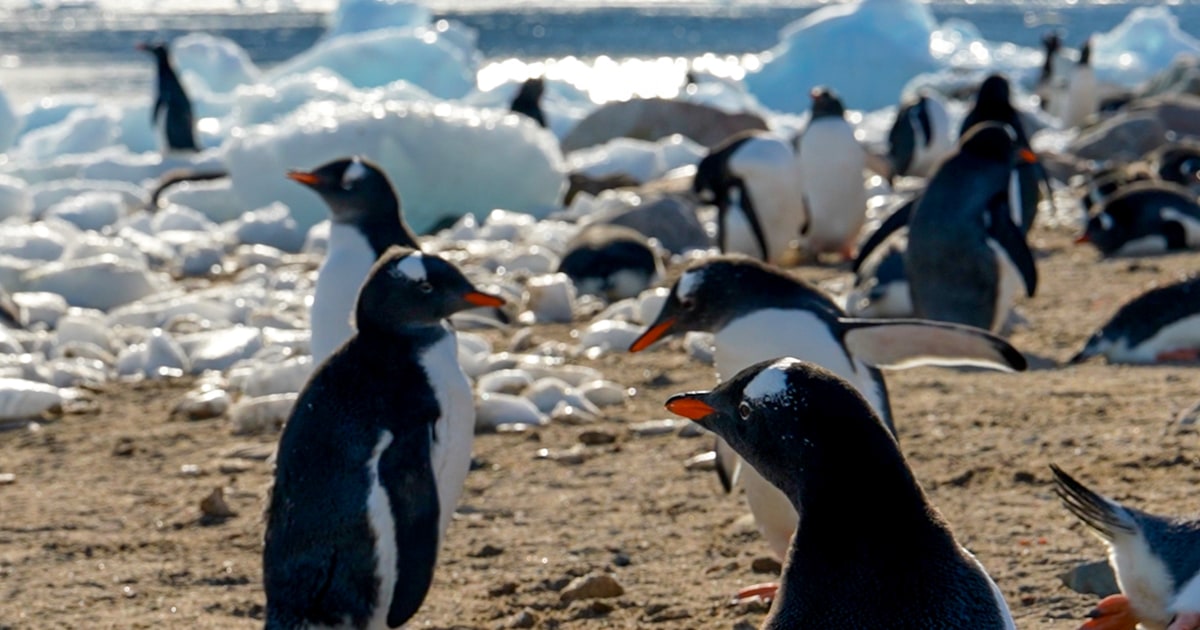So many trees burned during Canada’s historic wildfire season last year that the forest emitted more carbon than most countries’ fossil fuel emissions for 2022, according to research published Wednesday.
“Only China, the U.S. and India release more on an annual basis than we saw from these fires,” said Brendan Byrne, a carbon cycle scientist at NASA’s Jet Propulsion Laboratory in California and the lead author of the new study. “These fire emissions were unprecedented in the Canadian record.”
Byrne’s research, published in the journal Nature, estimates that the emissions from the fires — around 647 megatons of carbon — were more than four times Canada’s annual output from fossil fuel use. Nearly 4% of Canada’s forests burned in 2023, the study says.
Canada’s forests have typically absorbed more carbon than they’ve released. But the new findings highlight the unsettling possibility that forests we’ve relied upon as sinks to absorb carbon are increasingly doing the opposite: adding to emissions that are already too high. It raises questions about how reliable these carbon sinks will be in the future as wildfire patterns shift.
“2023 was really this exceptional year for heat drought and fire emissions,” Byrne said. “Around the 2050s, these are projected to be kind of normal summer temperatures for Canadian forests, and that suggests that we may be moving towards conditions where fire events like these become much more common, and that could potentially have big impacts on how much carbon these forests are able to store.”
Last year, more than 232,000 people were evacuated due to wildfires in Canada, and the smoke caused the worst season of smoke exposure in modern U.S. history. Cities like New York were overcome by air pollution.
 A subway station in the Bronx borough of New York City on June 7, 2023. David Dee Delgado / Getty Images file.
A subway station in the Bronx borough of New York City on June 7, 2023. David Dee Delgado / Getty Images file.To estimate the fires’ total carbon emissions for the season, researchers used satellite data evaluating how much light is absorbed by carbon in the atmosphere. They also analyzed the summer’s weather and found that Canada dealt with exceptional drought and its hottest summer since at least 1980. Scientists expect such conditions to become more common.
When human activity causes carbon to be emitted into the atmosphere, about half of it stays there, while a quarter is absorbed by the ocean. The rest is absorbed by the land biosphere — the planet’s trees and other plants.
“The concern here is that if you get changes in the frequency and intensity of fires, then maybe that won’t happen as much,” Byrne said. “How these forests change in their ability to store carbon has pretty significant implications for how much carbon we can emit globally.”
Canada’s timberlands represent about 8.5% of the globe’s forests, according to the new study.
The researchers' emissions estimates roughly correspond to other scientists’ analyses of the 2023 fires in Canada. The Copernicus Atmosphere Monitoring Service, a European Union satellite observation program, estimated last year that the blazes produced about 480 megatons of carbon, based on an analysis that used a different method.
Mark Parrington, a senior scientist at Copernicus, said the new research produced similar results to Copernicus’ study and included additional satellite information that helps reduce uncertainty.
Although smoke from Canada’s wildfires this season has not had as significant an impact on the U.S. as last year, Parrington said they have again been emitting high amounts of carbon.
“Monitoring of this year’s wildfires are showing that, after 2023, 2024 is already the second highest fire year in the past two decades for Canada in terms of the estimated emissions,” Parrington said in an email.
Evan Bush is a science reporter for NBC News.

 9 months ago
9 months ago
 (200 x 200 px).png)








 English (US) ·
English (US) ·